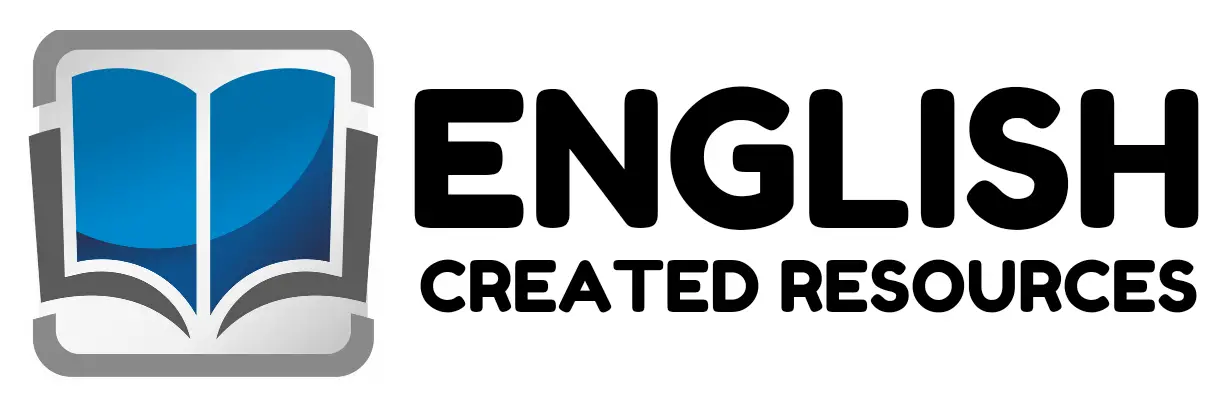Phonics
Phonics Fluency Read and Match
Reading fluency is a child’s ability to read a book or other text correctly, quickly, and with expression. A fluent reader doesn’t have to stop and “decode” each word. Rather, most of the words can be read automatically. This means the reader can focus his attention on what the story or text means. Fluency is the bridge between decoding words and understanding what has been read.
Teaching fluency is necessary for skilled reading and comprehension. It is often a misconception that if people are reading at a faster, more fluent rate, that they simply “know” the words they see. This is actually not what is really happening. When we simply read and reread a passage with our students so that they “memorize” the visual representation of the word, helping them to read the passage faster and with fewer errors, it is not necessarily helping them to improve overall fluency. Their success will be with this passage only, and they will go back to slower reading when new material is presented to them. We need to become more aware of what is actually happening during the process of reading fluently.
When fluent readers read silently, they recognize words automatically. They group words quickly to help them gain meaning from what they read. Fluent readers read aloud effortlessly and with expression. Their reading sounds natural, as if they are speaking.
Readers who have not yet developed fluency read slowly, word by word. Their oral reading is choppy.
Because fluent readers do not have to concentrate on decoding the words, they can focus their attention on what the text means. They can make connections among the ideas in the text and their background knowledge. In other words, fluent readers recognize words and comprehend at the same time.
For many years, educators have recognized that fluency is an important aspect of reading. Reading researchers agree. Over 30 years of research indicates that fluency is one of the critical building blocks of reading, because fluency development is directly related to comprehension.
It is an important goal for children to become accurate, efficient, and therefore fluent readers. Facilitating repeated practice of reading aloud is key to developing fluency. The goal for all children is for decoding to become easy and automatic, so they can free up their attention to focus on the meaning of the text.
How fluent is your child? How do you know?
Fluency develops over time and with lots of practice. The best way for parents to determine how fluently their child can read is to listen to him or her read out loud.
Early readers spend much of their attention and effort on decoding words, which will inevitably affect their speed and efficiency. As students become more familiar with basic graphemes, and build up a bank of automatically recognisable words, their reading rate increases.
Fluency is dependent upon the ability to decode the text (including phonemic awareness, phonics and vocabulary abilities), and fluent readers work with meaningful units such as phrases and clauses as they read. Readers become more fluent when they can quickly and accurately decode the text with ease. Once reading fluency is developed to an automatic/proficient level, readers can focus much less on decoding and more on the comprehension of text.
Samples From the Worksheet
Through our website, teachers will be able to help their children improve both their written and spoken English. We provide materials related to all the different skills.
Our reading Comprehension Worksheets help students to master reading and writing skills. There are also questions to measure pupils’ understanding and help teachers evaluate their pupils easily.



